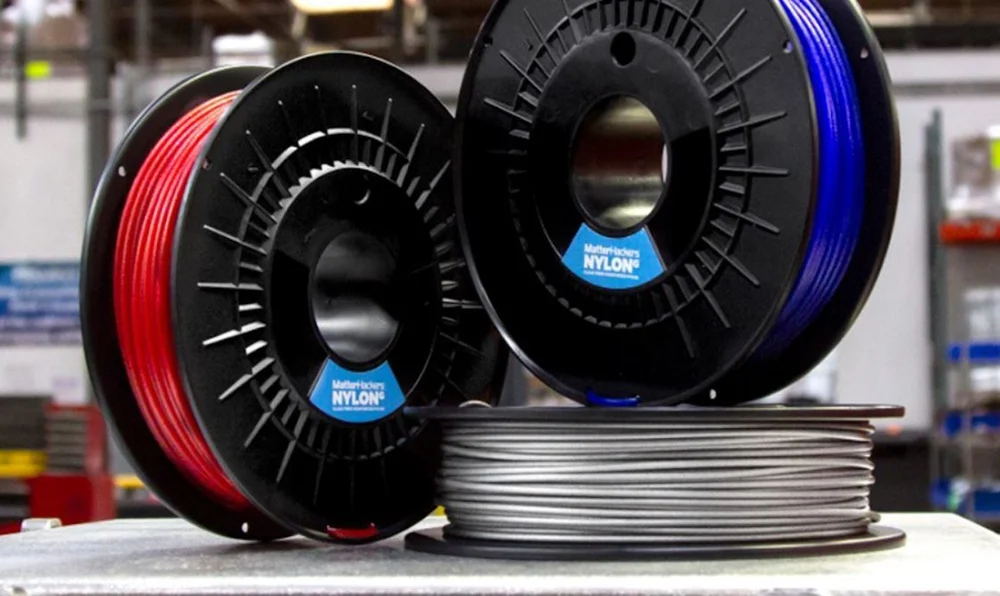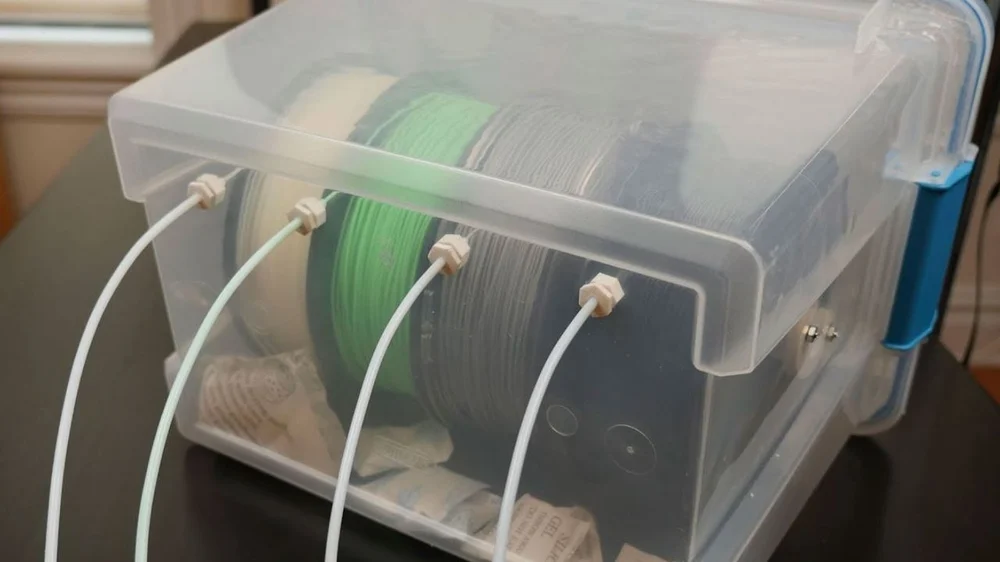Hygroscopy is the unseen killer of 3D prints. Find out what it is, its effects on printing, and how you can thwart it!
What Is It?

Have you ever printed with old filament or material that’s been exposed to humidity? If you have, you probably ran into some print quality issues. Most likely, that’s because of hygroscopy, which with respect to 3D printing, is the occurrence of filament absorbing moisture.
Most filaments are naturally hygroscopic – some more than others. This means that, when there’s moisture in the air (humidity), filament naturally absorbs it. Though difficult to spot beforehand, hygroscopy is a factor that negatively affects 3D print quality.
Moisture within printing material can’t be seen, but when you heat it up in the hot end of a 3D printer, you can. Essentially, the water boils as the filament melts, and this causes bubbling.
In this article, we’ll go into more detail about how hygroscopy affects print quality, which materials are and aren’t hygroscopic, and how you can prevent hygroscopy from ruining your prints.
Effects on Print Quality

When a hygroscopic material absorbs water, printing with the “wet” filament can lead to an abundance of print errors, including the following:
- Bubbles in print layers
- Extruder jams
- Brittle, soft, and fragile parts
- Poor bed adhesion
- Extrusion issues
If you look at the picture above, you can see the difference between printing with wet filament (bottom) and dry filament (top).
Now that we know what can happen, let’s take a closer look at which filaments are more hygroscopic than others.
Most Affected Materials

Before we discuss which materials are most affected, you should know that all of them are somewhat hygroscopic. That said, there’s a large spectrum of how hygroscopic material can be.
Properly storing and, when necessary, drying all your filaments is a good idea, but just so you’re aware, the following materials are most likely to get wet quickly:
Which Are Less Hygroscopic?
Although there are no completely non-hygroscopic materials, there are some that are less prone to hygroscopic issues. The following materials are less vulnerable to absorbing moisture than those above:
Prevention (Storage)

Knowing the common problems and main culprits, let’s talk about how to actually deal with hygroscopy. Naturally, the first step is prevention.
Generally speaking, the key is to keep filament in dry, watertight containment. You should do this as much as possible between prints.
A solid storage option is a dry box, which will physically separate your filament from the surrounding environment. This method works for both long- and short-term storage, as long as there’s some sort of watertight seal at the opening.
If you’re looking to store some filament for up to a few days, a tightly-sealed bag will do just fine. In this case, consider using desiccants to remove oxygen and moisture.
Solutions (Drying)

Detecting Wet Filament
In determining if your filament is “wet”, the first thing you should think about is a spool’s age and how well it’s been stored. If you’ve had filament for a while and you haven’t been strict about its storage, chances are it’s absorbed some water. In that case, pay attention to how it prints. Lower-than-expected print quality could be the result.
If a spool of filament has absorbed a decent amount of moisture, you can do a simple test. All you need to do is push some filament through your nozzle and listen closely. You’ll know you have a wet filament if you hear a crackling noise as the filament is extruded. Another indication is if you see steam coming off of a print (when hot meets cold) or any of the previously mentioned print problems.
Drying Filament
You’ve done the tests, and your filament is wet. Time to dry it.
In fact, drying filament is easy. Simple put the spool in the oven and set the temperature to around 40-50 degrees Celsius (approximately 100-120 degrees Fahrenheit). Then, leave it there for around 4-6 hours.
For even more and better filament drying, you can put desiccants in the oven with the filament too. Printing with your filament from a dry box is also a good idea for the constant prevention of hygroscopy-related errors.